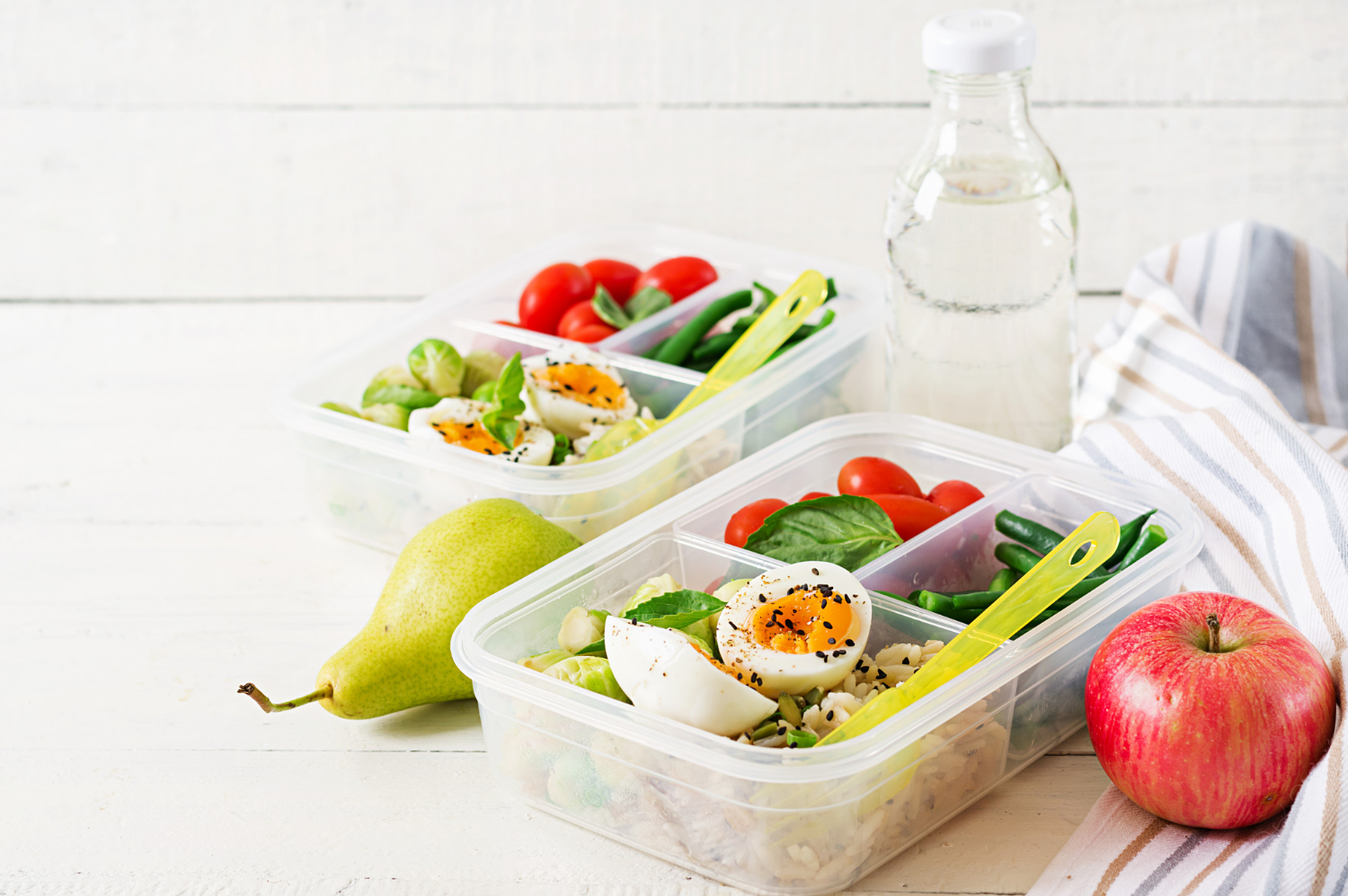Reusable plastic containers are safe vessels for storing food like pack lunch, takeaways, or even leftovers. Having a few inspections for your plastic, you will notice the embossed symbols on the bottom of each container. You will see squiggly-looking lines or one with a snowflake shape or triangular arrows with different numbers located.
Either way, these symbols are used to categorize plastic according to its safety and its means of recycling. International laws require these plastic manufacturers to indicate these symbols for their users to know what materials were used on their plastic. There are risks of including toxic substances.
Common Plastic Food Containers Symbols
Not all plastics are considered food-safe. Some are formulated to hold toxic substances. Some are recycled with mixed substances to provide an economical plastic product. Identifying these icons will give you an ace to your kitchen knowledge.
| Food-safe icon | |
| Food safe icon is distinguishable with its international wine glass and fork symbol. The icon features these utensils to distinguish that these materials are safe for food consumption, contact, and packaging. It is embossed on several spoons in North America, Europe, and several parts of Asia.
| |
| Dishwasher-safe icon | |
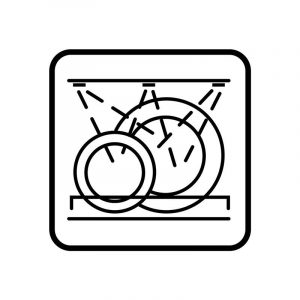 | Unlike food-safe icons, this icon may differ from different regions. Some manufacturers use the actual dishwasher icon. Others use a spoon and fork with the words “Dishwasher safe” outside the icon’s box. Another interpretation for this icon is the inside appearance with the word “Top Rack,” indicating the container’s position inside the actual dishwasher.
|
| Freezer-safe icon | |
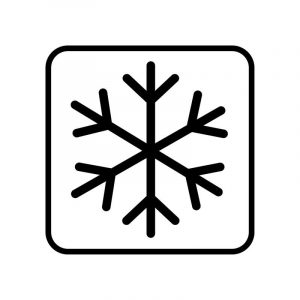 | If you’ve noticed a snowflake symbol on the bottom of your plastic bottle, it means that you can place your bottle inside a freezer. This means that this plastic is made to resist low temperatures. If you want to extend your meals’ shelf life, it is best to store them with plastic containers with a freezer-safe feature on them. |
| Microwave-safe icon | |
| If you’ve noticed squiggly lines on your plastic container, you’re in good luck. It means that your vessel can be used inside a microwave. This icon is a standard feature for food-safe plastics since the food packs are expected to be placed inside the microwave without the risk of melting
| |
| Minimum and maximum temperature | |
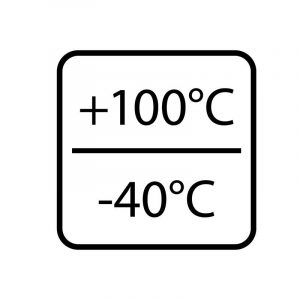 | For some countries, maximum and minimum temperatures are indicated through a fraction bar. The coldest temperature is placed on the bottom part of the fraction bar, while the top part of the fraction bar is for the highest temperature.
|
| BPA-free icon | |
| Bisphenol A or BPA is an industrial chemical used for making plastics and resins. It is commonly found on polycarbonate plastics and epoxy resins. While this material was once used for making food and beverages container, it is found out that BPA can seep into the food once the plastic container’s exterior release fumes.
| |
Identifying Food-Grade Plastics
Another way to identify if your plastic is suitable for consumption is by checking its recycling symbol embossed on the bottom of the container. Numbers 1 to 7 are placed inside a triangle of arrows. These numbers serve as the “recycling number,” which provides a more accessible means for the manufacturers to separate plastics according to their material source.
| Recycle Symbol 1 | |
 | This plastic is made from polyethylene terephthalate, also known as PETE or PET. PET is a lightweight material that has a semi-rigid structure, providing an impact-resistant surface. This material is commonly used for soda bottles, salad dressing bottles, water bottles, and peanut butter containers. |
| Recycle Symbol 2 | |
 | High-density polyethylene or HDPE is a recyclable plastic known for its durability and its highest recycling rates. HDPE has a rugged, opaque appearance that is lightweight but still strong. This plastic is used for making milk jugs, grocery bags, and cleaning supply bottles. |
| Recycle Symbol 3 | |
 | This plastic is made of polyvinyl chloride or PVC, a plastic resistant to physical and chemical issues. PVC has a transparent color and a thin sheet, making it moldable with smaller packages. It is used to create blister packaging for breath mints, gum, and medicines. |
| Recycle Symbol 4 | |
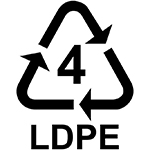 | Low-density polyethylene or LDPE is made with thinner plastic compounds mixed with resin. This is why it has an immense high heat resistance compared to other plastic variants. This material covers squeeze bottles, bread bags, coffee can lid, and vegetable bags. |
| Recycle Symbol 5 | |
 | Polypropylene or PP is the most widely used plastic in the world. Compared to other plastic, PP has a stiff but less brittle texture compared to other plastics. It can be available in translucent, opaque, or multi-colored variants. Example of food packaging using this variant is yogurt containers, cream cheese containers, sour cream containers, prescription drug bottles, and maple syrup containers. |
| Recycle Symbol 6 | |
 | In food packaging, polystyrene or PS is used in making plastic cups, plastic utensils, bakery trays, fast food containers, hot cups, and egg cartons. PS is a colorless plastic with minimal flexibility. This can be created in the form of foam or cast inside molds to have fine details. |
| Recycle Symbol 7 | |
 | When this food packaging has this label, it uses other plastics outside the six primary recyclable materials. Materials include polycarbonate, polylactide, and other resin material. Examples of the materials used with this material are ketchup bottles, cups, coffee lids, containers, and water coolers. |

